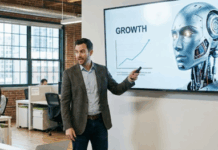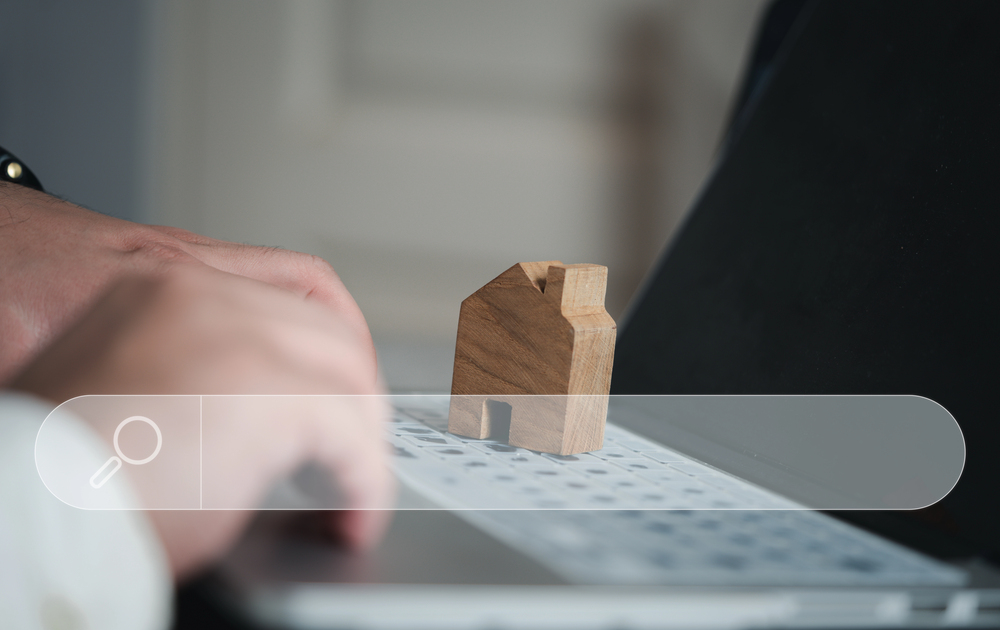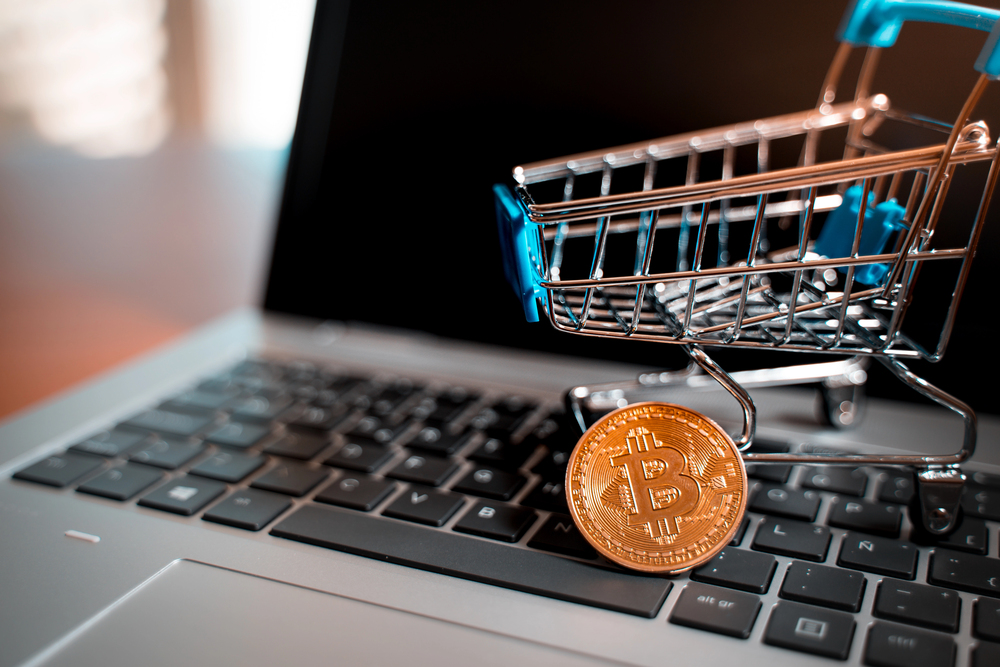While online shopping continues to grow in popularity, brick-and-mortar stores nevertheless remain relevant in today’s experience-driven consumer economy. Due to their unique ability to offer tactile, face-to-face interactions, retail businesses have the opportunity to create an in-store shopping experience that attracts and retains loyal customers. To achieve this, retailers need to invest in business solutions that enhance the overall performance, appeal, and efficiency of their stores.
Fortunately, retail business owners have greater access to modern tools that support these objectives. Here are some of the most essential technological investments every retail business should consider.
Comprehensive ERP Solutions
Running a physical retail store involves much more than maintaining shelves and greeting customers; it also requires careful coordination of inventory, staffing, finances, and vendor relationships. Without a centralized system to manage these moving parts, operational gaps can quickly affect the in-store experience. That’s where a comprehensive ERP solution becomes essential.
An ERP system by a reliable SAP Business One partner allows retail businesses to consolidate core functions into a unified platform. For brick-and-mortar locations, this kind of integration is critical. With all key data accessible through a centralized dashboard, retailers can manage operations more efficiently, from tracking inventory levels in real-time to allocating staffing resources based on actual sales patterns. A comprehensive ERP system also enables businesses to generate accurate reports and forecasts, empowering managers to make proactive decisions rather than reactive fixes. The result is a more agile and responsive business—one that’s better equipped to meet customer expectations in real time.
Modern Checkout Solutions
The checkout experience is often the final impression a customer has of a store, and its efficiency can significantly impact overall satisfaction. A quick, seamless transaction leaves customers with a positive sense of closure, reinforcing the convenience and professionalism of the visit. In recent years, innovations in checkout technology have reshaped what shoppers expect at the point of sale. Particularly, customers are increasingly preferring payment options that are fast, secure, and minimize unnecessary interaction. As such, retailers must re-evaluate their checkout systems to align with these shifting preferences.
Using contactless payment methods can meet these expectations by allowing shoppers to complete transactions with a tap of a card or a mobile device. This not only speeds up the process but also aligns with health-conscious behaviors that favor reduced physical contact. Additionally, self-checkout kiosks give customers more autonomy, especially during busy periods when wait times at traditional registers are longer. These kiosks also offer staffing flexibility, enabling businesses to reassign team members to assist customers or restock shelves, where their presence may have a greater impact. Investing in these modern checkout solutions enhances operational efficiency and contributes to a smoother, more satisfying overall shopping experience.
In-Store Digital Interfaces
Brick-and-mortar stores have the advantage of physical presence; to remain competitive in an increasingly digital world, however, they must also incorporate elements of the digital experience that modern consumers value. Today’s shoppers are accustomed to having instant access to product information and personalized recommendations. For businesses to meet these evolving expectations, integrating digital tools into the in-store environment is a strategic move.
In-store digital interfaces provide a practical solution by combining the benefits of in-person shopping with the convenience and interactivity of technology. These interfaces come in various forms and are designed to enhance both the shopping experience and operational efficiency. For example, interactive displays that enable customers to browse expanded inventories and locate items within the store can improve navigation and product discovery. This prevents customers from experiencing unnecessary friction, thus saving them time. Meanwhile, touchscreen kiosks offering product comparisons, usage guides, or complementary item suggestions can deepen engagement and allow customers to make more informed purchasing decisions.
Queue Management Systems
Waiting in line is one of the most common sources of customer dissatisfaction in physical retail environments. Even when the rest of the shopping experience is positive, long or disorganized queues can diminish the overall impression and lead to abandoned purchases.
That’s why efficient queue management systems are becoming an increasingly valuable investment for brick-and-mortar retailers. These systems incorporate tools such as digital signage, ticketing, and mobile notifications to streamline how customers wait for service. By providing estimated wait times and directing foot traffic, queue management systems reduce perceived wait time and help eliminate confusion at checkout or service counters.
Electronic Article Surveillance (EAS) Systems
Loss prevention remains a critical concern for retail businesses, especially those with high foot traffic and open product displays. While staff vigilance and thoughtful store layout contribute to deterrence, electronic article surveillance (EAS) systems offer a proven and efficient layer of protection.
EAS systems work by attaching security tags or labels to merchandise that trigger an alert if a customer attempts to leave the store without deactivation. These systems serve as a visible deterrent to potential theft while remaining unobtrusive to legitimate shoppers. Most EAS setups now integrate seamlessly with point-of-sale systems, allowing tags to be deactivated automatically at checkout. This ensures a smooth and uninterrupted experience for paying customers while maintaining effective loss prevention measures.
Staying competitive in today’s retail landscape requires more than just quality products and friendly service. It also demands thoughtful investment in the right digital technologies. From improving
operational visibility to enhancing the customer journey, each of these tools plays a critical role in shaping a modern retail environment. With strategic adoption and implementation, these solutions can help create a more engaging in-store experience, enabling retailers to meet their customers’ evolving expectations.
Find a Home-Based Business to Start-Up >>> Hundreds of Business Listings.














































